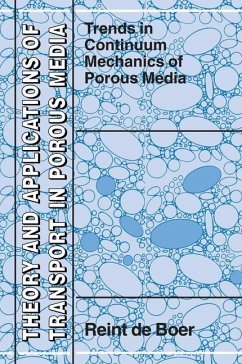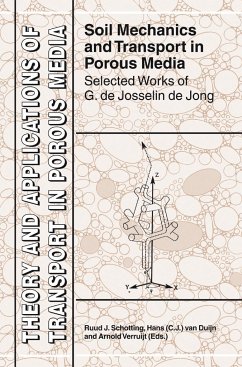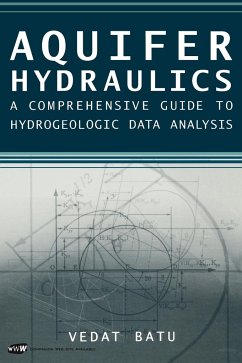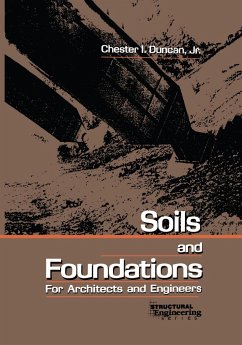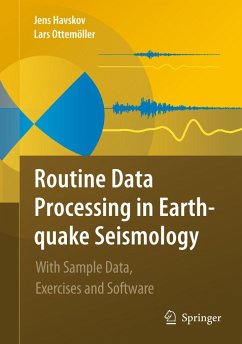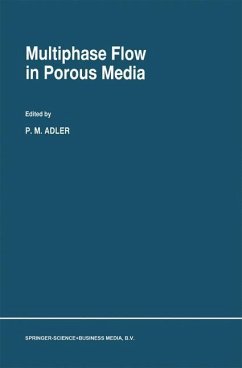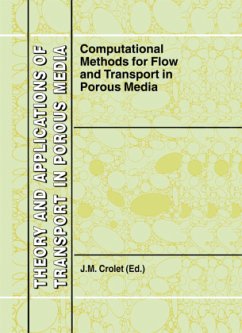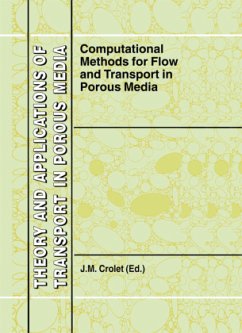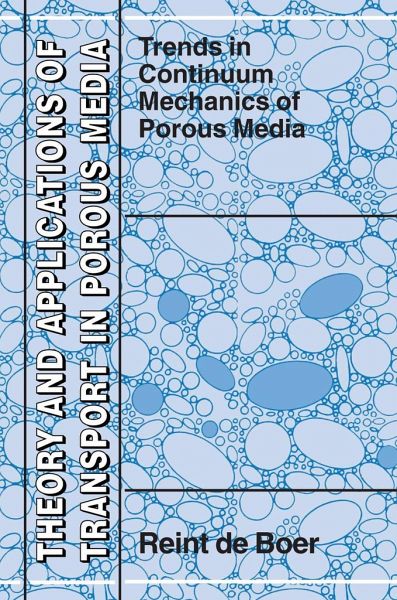
Trends in Continuum Mechanics of Porous Media
Versandkostenfrei!
Versandfertig in über 4 Wochen
103,99 €
inkl. MwSt.
Weitere Ausgaben:

PAYBACK Punkte
52 °P sammeln!
Over the last decade and particularly in recent years, the macroscopic porous media theory has made decisive progress concerning the fundamentals of the theory and the development of mathematical models in various fields of engineering and biomechanics. This progress has attracted some attention, and therefore conferences devoted almost exclusively to the macrosopic porous media theory have been organized in order to collect all findings, to present new results, and to discuss new trends. Many important contributions have also been published in national and international journals, which have b...
Over the last decade and particularly in recent years, the macroscopic porous media theory has made decisive progress concerning the fundamentals of the theory and the development of mathematical models in various fields of engineering and biomechanics. This progress has attracted some attention, and therefore conferences devoted almost exclusively to the macrosopic porous media theory have been organized in order to collect all findings, to present new results, and to discuss new trends. Many important contributions have also been published in national and international journals, which have brought the porous media theory, in some parts, to a close. Therefore, the time seems to be ripe to review the state of the art and to show new trends in the continuum mechanical treatment of saturated and unsaturated capillary and non-capillary porous solids.
This book addresses postgraduate students and scientists working in engineering, physics, and mathematics. It provides an outline of modern theory of porous media and shows some trends in theory and in applications.
This book addresses postgraduate students and scientists working in engineering, physics, and mathematics. It provides an outline of modern theory of porous media and shows some trends in theory and in applications.





